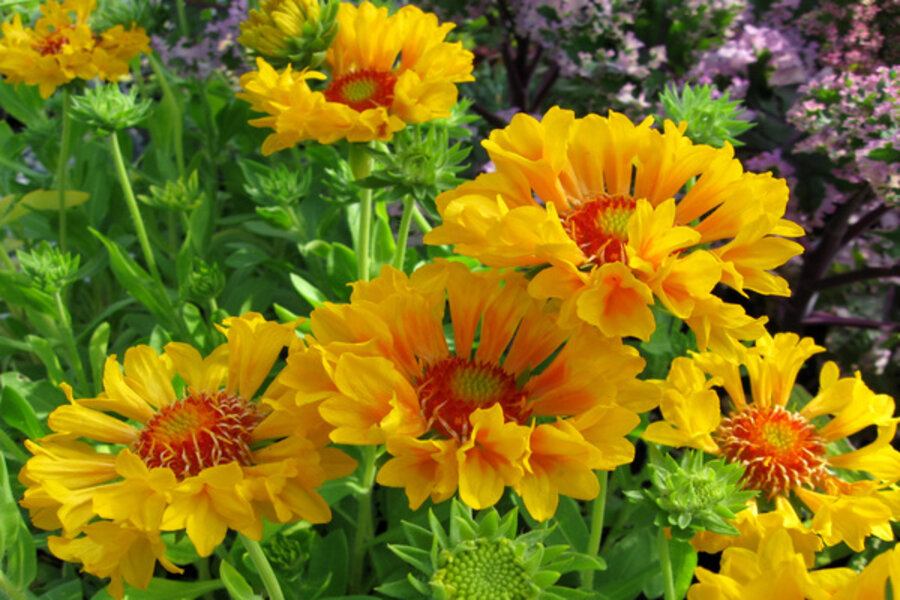Great garden flowers: A gaillardia with plenty of moxie
Loading...
Some readers will think it's silly for me to say I fell in love with a flower simply by looking at its photo. But it's not all that unusual among "plant nuts," those of us who love to grow many different kinds of annuals, perennials, trees, shrubs, herbs, vegetables -- well, a little of everything.
I'll have to admit that sometimes, the plant in the photo lives up to your hopes -- and sometimes it doesn't. But last summer I really hit the jackpot.
Skagit Gardens in Washington State, a wholesale grower of new annuals and perennials, sent me plants of Gaillardia x grandiflora Commotion® 'Moxie'. (That's a long name for a particular variety of an easy-to-grow perennial often called blanket flower.)
The plants weren't in bloom; just small, sturdy seedlings. But they came with a color photo of peak bloom -- and that's all I needed. Now, the typical gaillardia (click here to see a photo if you're not familiar with it) is a fine perennial for sunny spots and hot weather. It blooms a long time, doesn't need a great deal of water, and mixes well with other flowers.
What made the difference
But for all those attributes, gaillardia is a plant I've never gotten really excited about. Sorta ho-hum in my view.
What attracted me to this one? Well, the flowers are clear yellow with an orange center, instead of the usual red and yellow, and I'm a big fan of yellow blossoms in sunny gardens.
What you really notice, though, is that the flowers have a bit of an unusual appearance. The ends of the petals are fluted (sometimes called "spooned," or quilled). Look at the photo above and you'll see what that means.
Wow! I thought. Could this plant really look that attractive? And if it did, would it bloom a long time, be insect- and disease-resistant, and be winter-hardy so it returned the next year? (Looks aren't everything in the garden.)
It passed the grow test
The young plants flowered quickly and were everything I was hoping for. They looked as good as in the photos, and they performed well in the garden and in containers. And yes, they returned this spring, although, admittedly, I live in USDA hardiness Zone 8 and we didn't have much of a winter. Still, the plant is supposed to be hardy to Zone 5, where the average winter temperatures may dip to -20 degrees F.
This gaillardia is easy enough for beginners. Plant in a spot that has well-drained soil and is in the sun all day (seven or more hours). It grows 18 to 24 inches tall and spreads about the same distance.
Fertilize monthly and remove flowers as they fade. In midspring, cut the plants back to about three inches high. Then sit back and enjoy the commotion year after year.
-----
Judy Lowe, a member of the Garden Writers Association's Hall of Fame, is the editor of the Monitor's Diggin' It blog and the author of 12 garden books. Her latest book, 'Herbs! Creative Garden Themes and Projects,' shows how to create dozens of interesting herb gardens based on themes that vary from herbs mentioned in the Bible and by Shakespeare to a pizza herb garden and herbs that will attract butterflies and hummingbirds to your yard..





